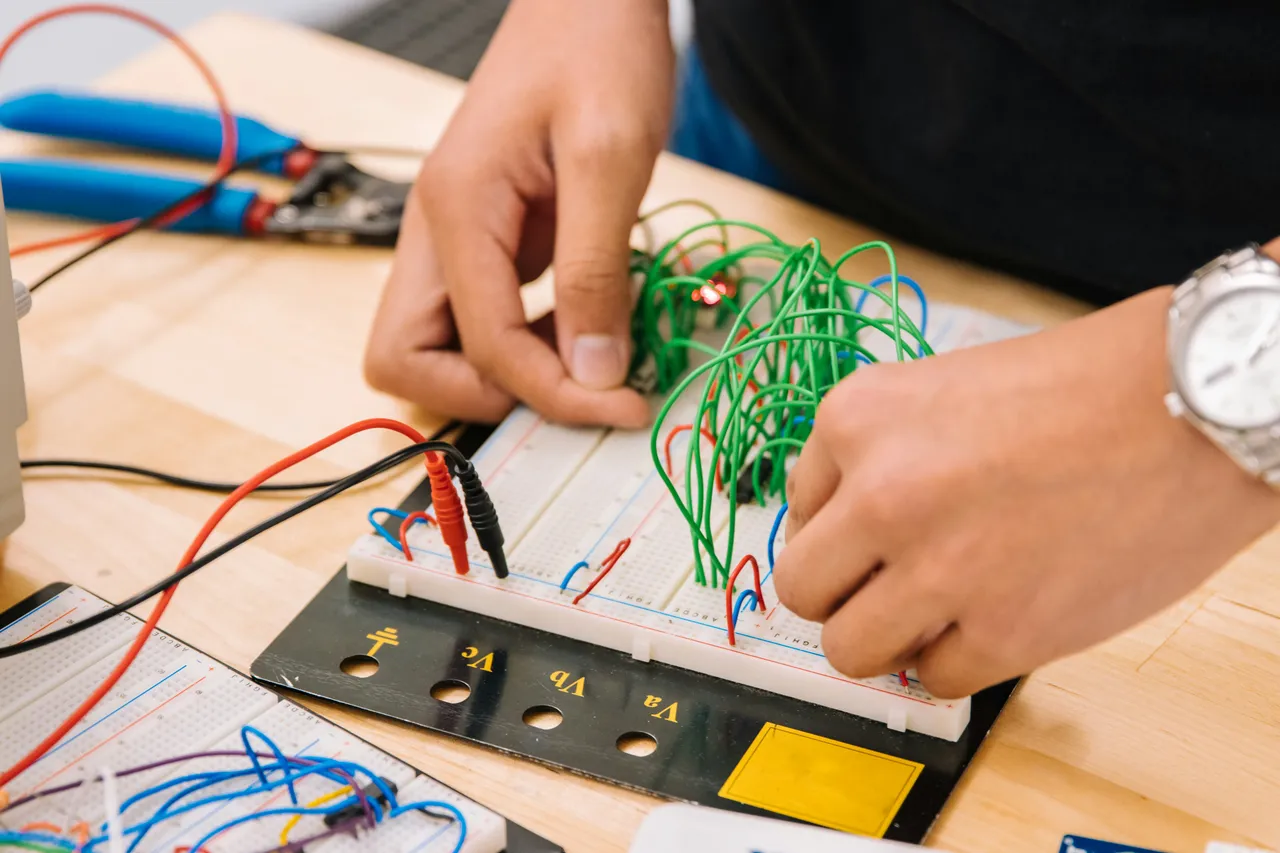
Image info
Harnessing the Power of AI for Sustainable Circular Economies
In an era where sustainability is vital, artificial intelligence (AI) is emerging as a powerful tool for promoting circular economies. As businesses and governments seek innovative solutions to reduce waste and optimize resource use, AI technologies offer unique opportunities to enhance sustainability efforts. With global waste generation projected to reach 3.4 billion tons by 2050, the need for circular economies has never been more urgent.
Understanding Artificial Intelligence
Artificial Intelligence refers to the simulation of human intelligence in machines designed to think and learn. In sustainability, AI applications are diverse and impactful. From predictive analytics that forecast environmental impacts to smart resource management systems that optimize energy consumption, AI is changing how we approach sustainability.
Applications of AI in Sustainability
AI is making significant strides in various sustainability applications. For example, predictive analytics enables companies to analyze large datasets to forecast environmental impacts, allowing them to take proactive measures to reduce negative effects. This capability helps businesses adjust production schedules based on expected demand, ultimately minimizing waste. AI systems also play a key role in managing energy consumption in buildings, optimizing supply chains, and reducing waste. For instance, smart grids use AI to enhance energy efficiency by balancing supply and demand. In waste management, AI technologies improve recycling processes by automating sorting and identifying materials. Companies like ZenRobotics utilize AI-powered robots for efficient sorting. Additionally, precision agriculture leverages AI to optimize water usage, reduce pesticide application, and enhance crop yields. AI-driven irrigation systems analyze soil moisture levels and weather patterns to determine optimal watering schedules, contributing to more sustainable farming practices.
Core Principles of Circular Economy
A circular economy is an economic system designed to eliminate waste and promote the continual use of resources. Key principles include designing products for longevity, which means creating items that last longer, can be repaired, and reused. Companies like Patagonia exemplify this principle by focusing on durable products that can be repaired rather than discarded. Resource recovery is another important aspect, where materials are reclaimed and reused at the end of a product's life cycle. This principle is demonstrated by companies that recycle old products into new ones, thereby reducing the need for virgin materials. Understanding the interconnectedness of various systems is also important for optimizing resource use and minimizing waste. This systems thinking approach encourages businesses to consider the entire lifecycle of their products. Lastly, transitioning from ownership to service-based models, such as leasing instead of selling, allows for greater resource efficiency. Companies like Rent the Runway exemplify this model by offering clothing rentals instead of sales.
AI's Role in Promoting Circular Economies
AI plays a significant role in facilitating the transition to circular economies. Notable case studies include Unilever, which utilizes AI to optimize its supply chain, thereby reducing waste and improving resource efficiency. AI algorithms analyze data to forecast demand and adjust production accordingly, resulting in a substantial reduction in excess inventory. IBM has developed solutions through its Watson AI platform that help companies assess their sustainability practices and identify areas for improvement. For instance, IBM's AI tools can analyze energy consumption patterns and suggest ways to reduce usage. Additionally, Ecovative Design uses AI to develop sustainable materials from agricultural waste, promoting a circular economy by creating biodegradable products. Their AI-driven processes help optimize material properties for various applications.
Challenges and Limitations of AI in Circular Economies
Despite its potential, the integration of AI into circular economies faces several challenges. AI systems require high-quality data to function effectively, and in many cases, data may be incomplete or inconsistent, hindering accurate analysis. Implementing AI technologies can also be expensive, posing a barrier for small and medium-sized enterprises (SMEs). The initial investment in AI infrastructure can be daunting for many businesses. Furthermore, there is often a lack of skilled personnel who can implement and manage AI solutions in sustainability contexts. Training programs and educational initiatives are needed to bridge this gap. Lastly, the integration of AI raises questions about data privacy, security, and ethical implications, which can hinder adoption. Companies must navigate complex regulatory landscapes to implement AI responsibly.
Future Trends and Opportunities
Looking ahead, the intersection of AI and circular economies presents exciting opportunities. Businesses can leverage AI to enhance sustainability, streamline operations, and drive innovation. Short-term opportunities include adopting AI tools for waste management and resource optimization, while long-term trends may involve developing new AI-driven business models that prioritize sustainability. As technology continues to evolve, we can expect to see more organizations adopting AI-driven solutions to promote circularity.
Conclusion
The role of artificial intelligence in promoting circular economies is significant and transformative. By embracing AI technologies, businesses can enhance their sustainability efforts, reduce waste, and contribute to a more circular economy. As we move forward, organizations should consider how AI can be integrated into their practices to drive positive change. Together, we can harness the power of AI to create a sustainable future.
This article was developed using available sources and analyses through an automated process. We strive to provide accurate information, but it might contain mistakes. If you have any feedback, we'll gladly take it into account! Learn more

